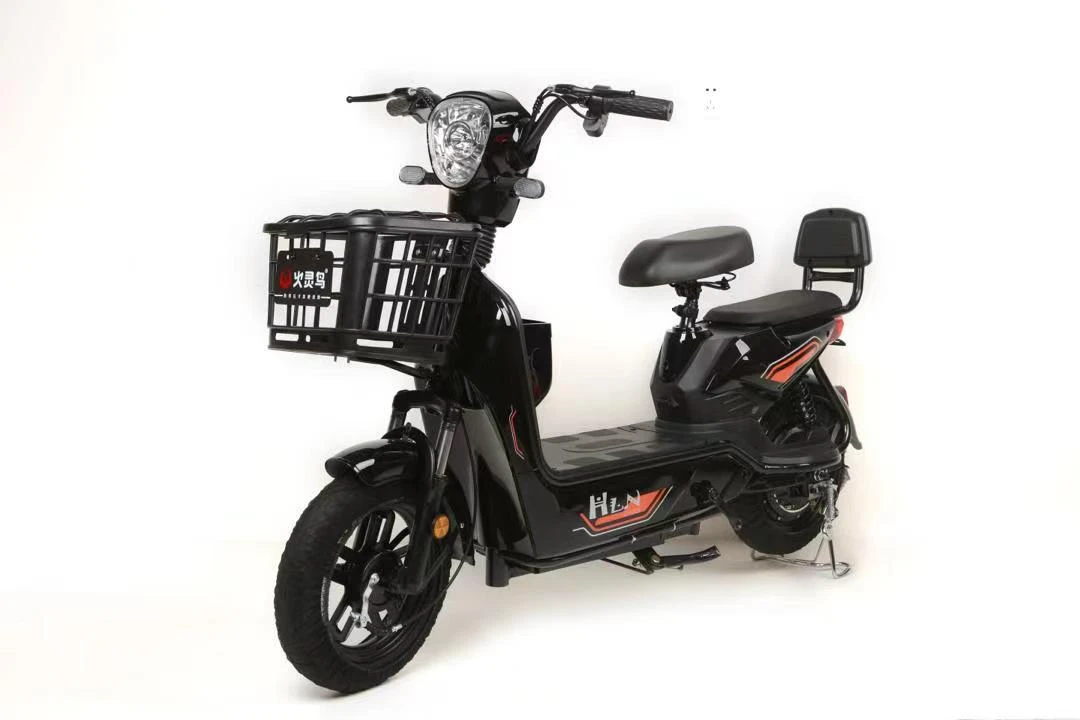
- Afrikaans
- Albanian
- Amharic
- Arabic
- Armenian
- Azerbaijani
- Basque
- Belarusian
- Bengali
- Bosnian
- Bulgarian
- Catalan
- Cebuano
- Corsican
- Croatian
- Czech
- Danish
- Dutch
- English
- Esperanto
- Estonian
- Finnish
- French
- Frisian
- Galician
- Georgian
- German
- Greek
- Gujarati
- Haitian Creole
- hausa
- hawaiian
- Hebrew
- Hindi
- Miao
- Hungarian
- Icelandic
- igbo
- Indonesian
- irish
- Italian
- Japanese
- Javanese
- Kannada
- kazakh
- Khmer
- Rwandese
- Korean
- Kurdish
- Kyrgyz
- Lao
- Latin
- Latvian
- Lithuanian
- Luxembourgish
- Macedonian
- Malgashi
- Malay
- Malayalam
- Maltese
- Maori
- Marathi
- Mongolian
- Myanmar
- Nepali
- Norwegian
- Norwegian
- Occitan
- Pashto
- Persian
- Polish
- Portuguese
- Punjabi
- Romanian
- Russian
- Samoan
- Scottish Gaelic
- Serbian
- Sesotho
- Shona
- Sindhi
- Sinhala
- Slovak
- Slovenian
- Somali
- Spanish
- Sundanese
- Swahili
- Swedish
- Tagalog
- Tajik
- Tamil
- Tatar
- Telugu
- Thai
- Turkish
- Turkmen
- Ukrainian
- Urdu
- Uighur
- Uzbek
- Vietnamese
- Welsh
- Bantu
- Yiddish
- Yoruba
- Zulu
Nov . 24, 2024 11:55 Back to list
adjusting derailleur gears mountain bike
Adjusting Derailleur Gears on a Mountain Bike A Step-by-Step Guide
Mountain biking offers exhilarating experiences, whether you're navigating rocky trails or speeding down steep hills. However, no experience can be enjoyable without a properly functioning gear system. A well-adjusted derailleur is crucial for smooth shifting and optimal performance. Here’s a step-by-step guide to help you adjust the derailleur gears on your mountain bike for a seamless ride.
Understanding the Derailleur System
Before diving into the adjustments, it’s important to understand the fundamental components of the derailleur system. The derailleur consists of two main parts the front derailleur, which shifts the chain between the front chainrings, and the rear derailleur, which manages shifts across the cassette of gears at the back. Each derailleur is controlled by a shifter on the handlebars.
Tools You'll Need
To adjust your derailleur, you'll need a few basic tools - A Phillips screwdriver - A 5mm Allen wrench - Chain lubricant
Step 1 Prepare Your Bike
Begin by positioning your bike on a stable surface or a repair stand. Shift the bike to the smallest chainring at the front and the smallest sprocket at the rear. This is your starting position and will give you more space to work with when you’re adjusting the derailleurs.
Step 2 Adjusting the Rear Derailleur
adjusting derailleur gears mountain bike

1. Limit Screws Locate the limit screws on your rear derailleur. These are usually marked as “H” (high) and “L” (low). The high limit screw controls how far the derailleur can move toward the highest gear (smallest sprocket), while the low limit screw does the same for the lowest gear (largest sprocket). Ensure the chain is shifting smoothly onto the smallest sprocket, adjusting the high limit screw if necessary. Conversely, check the largest sprocket, making adjustments to the low limit screw to prevent the chain from falling off.
2. Cable Tension Check the tension of the derailleur cable. If your shifts are sluggish, you may need to increase the tension. To do this, locate the barrel adjuster on the cable housing. Turn it counterclockwise to increase tension. Test the shifts between gears and make adjustments until the gear changes are crisp and accurate.
Step 3 Adjusting the Front Derailleur
1. Limit Screws Similar to the rear derailleur, adjust the limit screws on the front derailleur. Ensure the derailleur can shift the chain smoothly to the largest chainring by adjusting the high limit screw, and to the smallest chainring with the low limit screw.
2. Alignment The front derailleur should be aligned properly with the chainrings. Ideally, there should be a 1-2mm gap between the inner plate of the derailleur and the chain when on the smallest chainring. If the gap is incorrect, use the adjustment screws to fix the alignment.
Step 4 Test Your Adjustments
With all adjustments made, take your bike for a test ride. Shift through all gears, both under tension and coasting. Listen for any skipping or rubbing sounds, and make minor adjustments as needed until everything runs smoothly.
Conclusion
Regular maintenance and adjustment of your mountain bike's derailleur gears ensure a better riding experience and prolong the life of your bike components. By following these steps, you’ll be well-equipped to tackle any trail with confidence, knowing your gear system is optimized for performance. Enjoy your ride!
-
The Ultimate Kids' Four-Wheeler Experience
NewsJul.09,2025
-
The Ultimate Guide to Mountain Bikes: Gear Up for Your Ride
NewsJul.09,2025
-
The New Age of Cycling: Electric Bikes for Every Rider
NewsJul.09,2025
-
The Best Kids Bicycles: Ride in Style and Safety
NewsJul.09,2025
-
The Best 3-Wheel Scooters for Kids: Fun, Safety, and Adventure
NewsJul.09,2025
-
Revolutionize Your Ride: Affordable Electric Bikes
NewsJul.09,2025
-
Finding the Perfect Mountain Bike for Every Rider
NewsJul.09,2025



